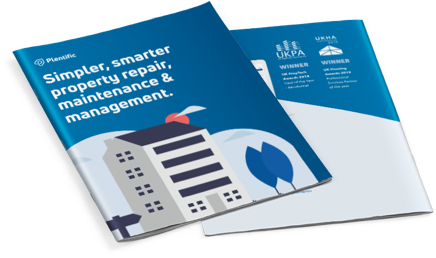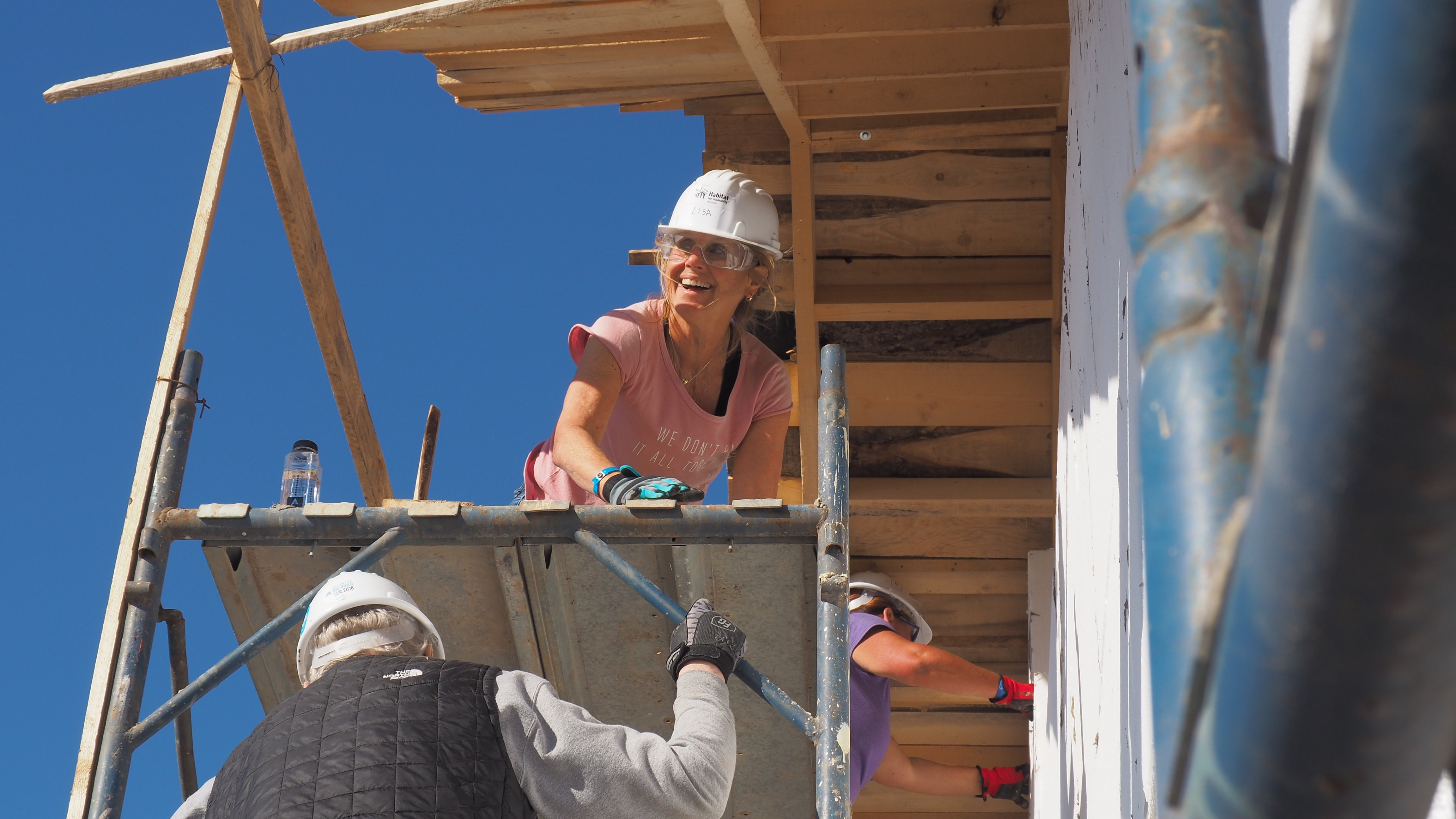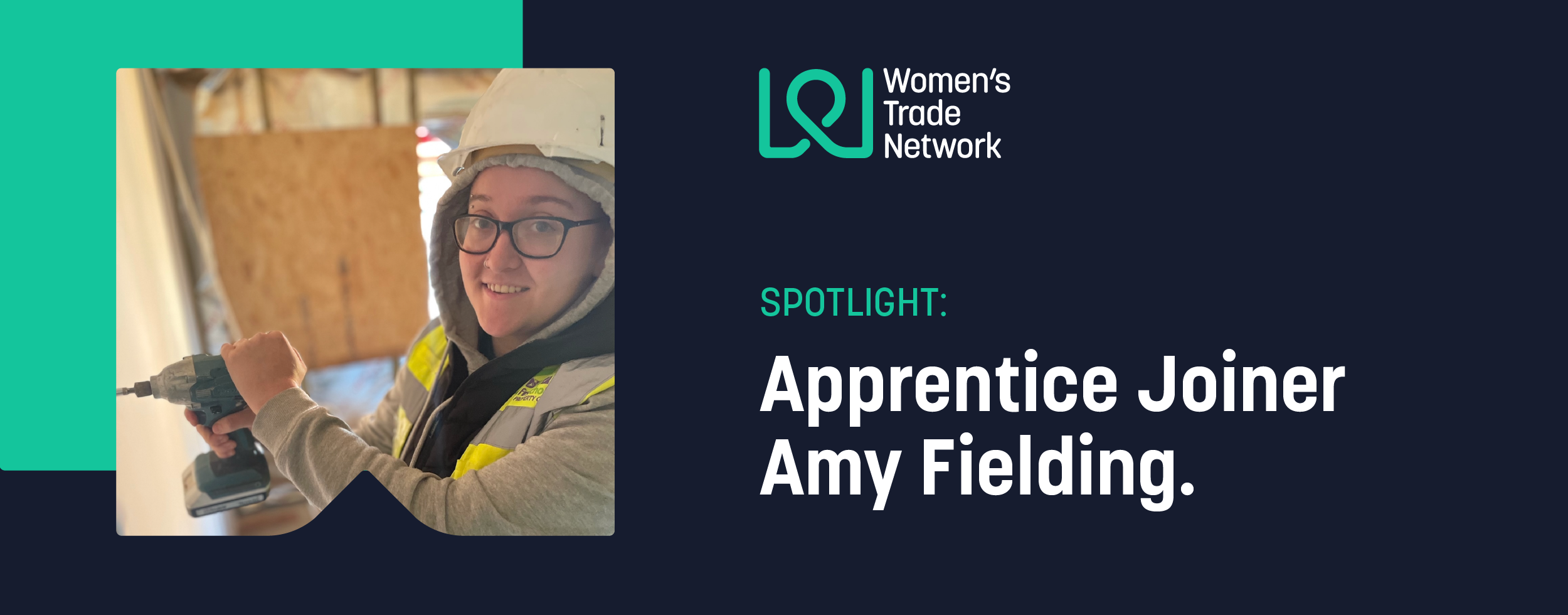7 Meaningful Steps Your Company Should Take to Support Women in Trades and Construction.
In the last 5 years, the number of women looking to enter the trades and construction industry has more than tripled. While these numbers are encouraging, women entering the skilled trades often face obstacles in progressing their career.
Some of these barriers include workplace harassment, scepticism about tradeswomen's qualifications, and a general lack of awareness around the benefits of a career in trades.
The industry must do better to attract and keep potential tradeswomen so that it can capitalise on all the benefits a diverse workforce can offer—for businesses, for employees, and for customers.
So, what does it mean to actually empower and support women to take up and progress in a career in trades?
Here, we outline 7 steps your company can take to empower and support women on their journey into and advancing through the trades and construction industry.
Step 1: Identify and take proactive steps to address both conscious and unconscious bias
A report from Randstad found that 72% of women in trades had experienced some form of gender discrimination in the workplace, with over 41% having suffered sexual harassment.
Evidently, the construction industry is not immune to the effects of both conscious and unconscious bias; therefore, businesses and individuals should take measured steps to counter this dynamic. This includes using existing data and encouraging an open dialogue within all areas of the business, so that everyone understands the impact of their behaviour on others.
As a company, you can start by electing someone on the site as accountable for ensuring appropriate conduct. Companies can also regularly educate their workforces on what constitutes harassment and what the consequences of inappropriate conduct are.
Furthermore, companies will benefit from regularly reviewing their payroll and benefits processes to ensure all workers are paid the same as their peers at a similar level. According to data collected by Building in 2020, the difference in average hourly pay between men and women across the industry's biggest firms was 26.2%. Therefore, 2019 saw the relaunch of the Women's Business Council—an initiative to address the gender pay gap in the construction industry, amongst other sectors.
Step 2: Create a work environment that supports workers and their families
One significant issue in supporting women in skilled trades is that many jobs require shift work and overtime, which can make childcare and other family commitments challenging. Therefore, your business can support employees who are looking to balance their careers and family life by creating more flexibility in work schedules, providing job sharing opportunities, and implementing other technology policies that recognise the demands of family life.
Old attitudes assumed flexible working in the trades was not possible, however pilots like that conducted by Build UK show that it can be done - successfully so. Flexible working can make it easier for all workers to continue progressing in their career, not just women.
Step 3: Expand your recruitment initiatives and identify barriers
For many women interested in a career change, or to take up a career after leaving school, a lack of awareness about recruitment and training opportunities in the skilled trades is often a factor that leads to missed opportunities. This may be because of restrictive gender stereotyping that pervades both the media and conversations at home, as well as an overall lack of visibility. A lack of female role models, limited access (including signposting) to high-quality training and support services for women often leads to a lack of interest in these careers. The absence of flexible, part-time training to accommodate pre-existing responsibilities or work is another crucial factor.
To combat this, overt and focused advertising around recruitment and training initiatives centred on women is key. Businesses should liaise with their local colleges, job centres and career advisors to encourage them to place more emphasis on the trades as a viable career path.
Furthermore, the industry should create further initiatives to engage girls in the trades and STEM (science, technology, engineering, and mathematics) from a young age to increase their interest in the construction industry as a viable future career. Alongside, the industry should also showcase the benefits of a career in trade - the pride, the outcomes, the stability and the earning potential.
Step 4: Make training more accessible to more women, especially through apprenticeships
Organising apprenticeships and work-based training programs can help increase awareness of the career options in trades and construction, especially for women with little or no experience in the industry.
While the traditional view towards apprenticeships has previously been a significant barrier to entry for women, many women are willing and interested in pursuing an apprenticeship if the options are presented to them. According to Parliamentary statistics, the number of women starting apprenticeships in England in 2019/20 was around 50% – with 47% of the overall apprenticeships started by people aged 25 and over.
According to Checkatrade, you can expect to pay apprentices a salary between £15,500-£19,000 per annum, depending on the trade. By increasing the general awareness of access to various types of apprenticeships, you are more likely to attract a diverse group of candidates seeking a practical way to train (or retrain) and qualify as a skilled tradesperson.
Step 5: Increase representation of women in leadership roles
The construction industry has always been a male-dominated field, but this perception is gradually fading. For good practice, your company should look to include women on executive committees to encourage visibility and promote gender balance, especially on recruitment panels and development teams targeted at structural changes that support women at all stages of their career.
A good place to start is by championing women at all levels of the company and giving them a platform to form strong networks with other senior leaders. Mentoring is an important way of encouraging women to enter trades. As you continue to attract a diverse workforce, commit to providing each person with a mentor – and ensure that your mentoring schemes are open to everyone in the company, regardless of seniority.
Step 6: Develop and maintain an inclusive culture for all employees
The construction industry has historical stereotypes of being male dominated, with tough working conditions.
If women are underrepresented or uncomfortable with their environment, they may choose to avoid that career path, regardless of the potential for advancement. This creates both a talent shortage and a talent drain in an industry that is already experiencing a skills shortage and an ageing workforce.
Companies should promote a more inclusive working environment in the trades by reflecting on how you can improve your workplace culture to make it more welcoming for everyone - by refining policies and conduct. Practical ways include male and female facilities on site, uniforms and shoes for women, gender neutral signage. By doing this, you will help to raise awareness of a more progressive culture and encourage more women to enter the industry.
Further to this, you could also support your underrepresented staff members by offering scholarships and financial incentives on a case-by-case basis to help them progress in their career.
Step 7: Make a public commitment to supporting women in the trades
As an employer, make a public commitment to supporting female workers in the trades. This helps potential workers to identify employers who are committed to supporting women's progression and helps break down the stigma that is often associated with working in the construction industry.
The first step your organisation can take towards committed change is by signing the Women's Trade Network Pledge, which supports greater equality in the industry and raises awareness of the benefits a career in trade can offer women. Joining the network means your company has publicly committed to improving gender diversity in your workforce and is working towards gender parity on pay and opportunities.
Though there's an increasing number of women in trades, too few female role models and pervasive stereotyping in the workplace show that there's still much work to be done.
By encouraging more women to join the trades, your company can meet a growing social demand by helping create a safe, respectful, and progressive environment for both customers and workers. This can greatly improve the overall morale of workers – regardless of gender – and help them live up to the high standards expected of them by customers.



.jpeg)




